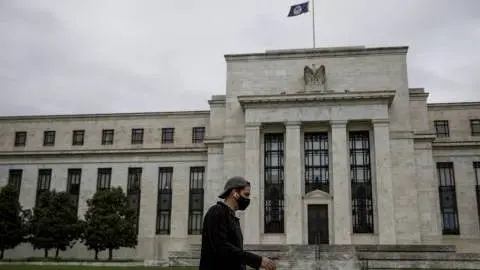The fight against inflation continues throughout Central and Eastern Europe
Growth seems to have remained robust in central and eastern Europe (CEE) as 2021 ended. Flash GDP data showed a 5.7% expansion in Poland for the full year, not far from our 5.9% estimate, boosted by a resilient consumer sector and solid investment activity
Later this month we expect even better growth numbers for Romania (+6.5%) and Hungary (+6.7%) as the Omicron wave seems to have had a marginal impact on consumers' behaviour while the fiscal stance remained loose.
However, as the economic growth stayed robust, inflation continued to surprise to the upside. It is true that estimates have been wrong by a narrower and narrower margin, but still they predominantly underestimate inflation. Despite a mix of measures aimed at protecting households from higher energy prices, year-end headline inflation climbed to 8.6% in Poland, 8.2% in Romania and 7.4% in Hungary.
Inflation (YoY%) trending lower but not low enough

We renew our view that there is a higher risk of inflation staying elevated across the CEE region than in the developed EU economies, as the labour markets remain tight and the expansionary fiscal stance overlaps second-round effects from energy prices. While in Hungary the inflation rate could average 5.7% in 2022 and enter National Bank of Hungary’s (NBH) target band of 2%-4% in 2022 in 4Q22 already, Poland and Romania see their inflation rates set to stabilise about 1 percentage point above the upper level of their 1.5%-3.5% target range. We estimate average 2022 and 2023 inflation to be around 9.0% and 6.0% in Poland and 7.5% and 5.0%, respectively, in Romania. This reinforces our view that the tightening cycle the CEE3 central banks have started will continue but at a different pace.
In Hungary we expect a terminal key rate of 5.50% to be reached in mid-2022, followed by a relatively long pause until 3Q23 and a policy relaxation towards 4.5% in late 2023. National Bank of Poland (NBP) and National Bank of Romania (NBR) on the other hand are more likely to continue their policy tightening into 2023 as well, reaching a terminal key rate of 4.50% in Poland and 4.00% in Romania. For the latter, increased attention should be paid to the Lombard rate (credit facility), which could become the relevant policy rate for most of 2022 at least. For both NBP and NBR we see risks of frontloaded rate hikes, meaning that the terminal rates could be exceeded in 2022 already. On top of everything, the labour market is set to remain tight across the region leading to mounting risks of a price-wage spiral.
This publication has been prepared by ING solely for information purposes irrespective of a particular user's means, financial situation or investment objectives. The information does not constitute investment recommendation, and nor is it investment, legal or tax advice or an offer or solicitation to purchase or sell any financial instrument. Read more
Download
Download article
4 February 2022
ING Monthly: The masks, and the gloves, are coming off This bundle contains 15 Articles